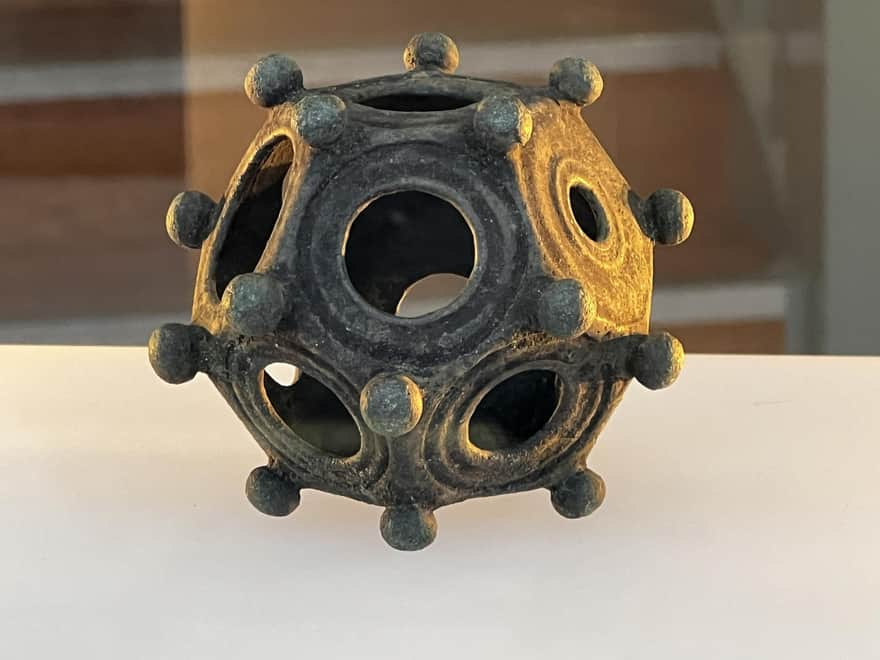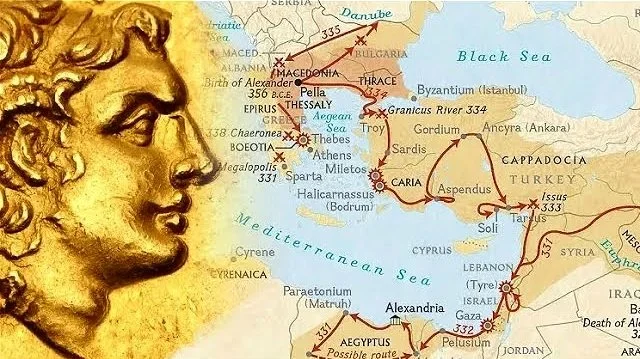If we're to comprehend how these vanished creatures are related to modern humans, we need to learn more about the Neanderthals and Denisovans. The blood types of Neanderthals and Denisovans have finally been analyzed, and the findings are somewhat unexpected and provide new insight into the evolution of humans.
Left: An old Neanderthal woman. Credit: Fährtenleser - CC BY-SA 4.0 - Right: A Neanderthal man. Credit: Hiarash - CC BY-SA 4.0
Between 300,000 and 40,000 years ago, the extinct human lineages of the Neandertals and Denisovans inhabited all of Eurasia. The research of the genes underlying blood types had previously been disregarded despite the sequencing of roughly 15 Neandertal and Denisovan individuals in the past. However, the earliest indicators employed by anthropologists to retrace the beginnings of hominin communities, their migrations, and their interbreeding were blood group systems.
In a recent study, researchers from the CNRS, Aix-Marseille University, and the French Blood Establishment (EFS) analyzed the previously sequenced genomes of one Denisovan and three Neandertal females who lived 100,000 to 40,000 years ago to determine their blood groups and to speculate about what they might reveal about the evolution of humans.
The team focused on the seven most often used blood group systems—the ABO (which identifies the A, B, AB, and O blood types) and Rh systems—out of the approximately 40 recognized blood group systems.
The results provide new surprises while also supporting earlier assumptions. As with chimpanzees, who are all type A, and gorillas, who are all type B, it was long believed that Neandertals were all type O. However, the researchers showed that these prehistoric hominins already exhibited the complete spectrum of ABO variability seen in modern humans. A thorough investigation of additional blood group systems revealed alleles that support Neandertal and Denisovan origins in Africa.
The geographic origin, blood group, and dating of the individuals studied. Credit: © Stéphane Mazières - (photos: Douka et al. / Mafessoni et al. / Prüfer et al. / Green et al.)
The finding that Neandertals had a rare Rh allele present in them is particularly surprising, with the significant exclusions of one Aboriginal Australian and one Papuan. Do these two people provide evidence that modern humans and Neandertals interbred before the latter migrated to Southeast Asia?
Finally, this research clarifies Neandertal demographics. It confirms that these prehistoric hominins had very little genetic diversity and may have been susceptible to erythroblastosis fetalis, a hemolytic disease of the fetus and newborn, in cases where Neandertal mothers carried the offspring of Homo sapiens or Denisovan mates due to maternofetal Rh incompatibility.
These hints support the theory that limited genetic diversity and poor reproductive success were factors in the extinction of the Neandertals.








